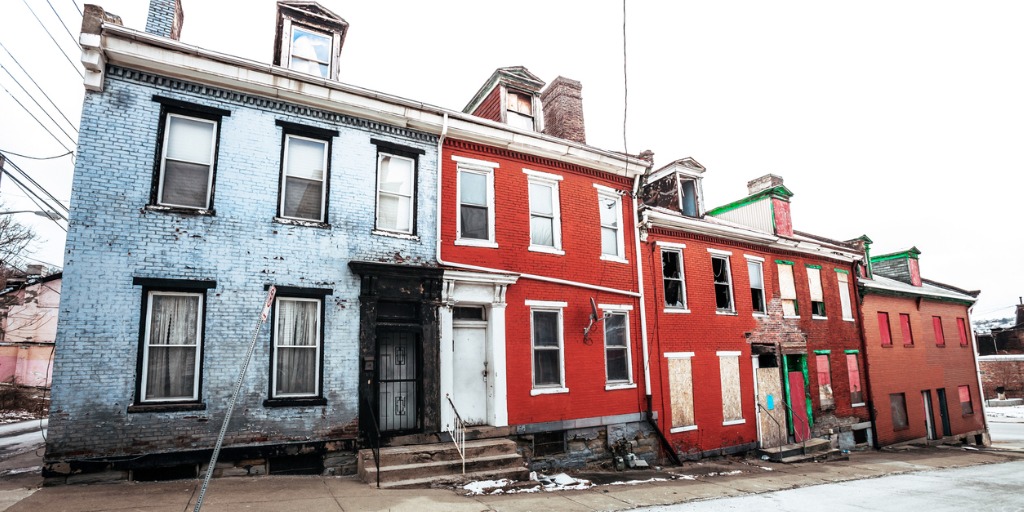How providers can help patients with social determinants of health
With more research, it's clear that physical and mental health outcomes are directly linked to patients' social determinants of health (SDOH): where patients live, work, learn and play. Keep reading to learn more about the data found along with the growing number of initiatives at the national and state levels to address social determinants of health.
How social determinants of health affect patient outcomes
The American Hospital Association (AHA) found that every year 3.6 million individuals miss an appointment because they did not have access to transportation to that appointment. For so many patients, transportation is a clear barrier to accessing care whether it's being without a vehicle, not being able to afford transportation alternatives, or long distances to doctor's offices. At first glance, missing an occasional doctor's visit may not seem too harmful, but long-term, it can seriously compromise patients' delivery of care. Missing a scheduled appointment erases an opportunity for a provider to make a potential diagnosis, or in some cases, jeopardize follow-up care. Both of these outcomes bring an increase in costs to patients as the likelihood of more health complications arise. A study found that low-income people with co-occurring conditions spend much more on inpatient or emergency department care than higher-income people do ($363 vs. $101).
In addition, patients that face homelessness or housing insecurity are more likely to deprioritize their health as their primary focuses shifts to finding shelter, even though these individuals are more likely to have chronic health problems. Some of these include seizures, chronic obstructive pulmonary disease, arthritis and other musculoskeletal disorders. For some, social limitations force them to choose between health or food. According to Feeding America, 66 % of those Feeding America serves had to choose between food access and medical care.
Another supporting example comes from Cardinal Health Specialty Solutions, where 91% of recently surveyed oncologists strongly agree or agree that SDOH significantly impacts their cancer patients. Financial security stood out as the most significant barrier, followed by transportation access, health literacy, and social isolation. The majority of oncologists agreed to the following solutions that could help patients dealing with SDOH were:
- financial assistance
- assistance with transportation
- effective tools to improve patient understanding of disease and treatment
Nearly all of the respondents say that they or their staff talk to patients about SDOH occasionally, but time doesn't always allow for these conversations. 81% of respondents strongly agree or agree they are constrained in the amount of time spent assisting patients with social needs. For solutions, respondents looked to government organizations and non-profit organizations to create assistance programs to help bridge this gap to support patient outcomes impacted by SDOH. 90% of participating oncologists said pharmaceutical manufacturers could best support patients' social needs through copay assistance programs.
Provider awareness is essential
Physical and mental health outcomes are directly linked to patients' social determinants of health: socioeconomic status, social support network, physical environment, food security & access to clean water, health literacy & coverage, civic participation & discrimination. So, when providers know what socioeconomic factors patients face, they can help them find the right kind of resources such as food pantries, shelters, translators, or child-care services. One resource that supports this process is findhelp.org, previously known as Aunt Bertha. This is a social service database used to connect members to free and reduced-cost community services. Thousands of resources are available with options to apply, refer, share and track by simply entering your zip code. The platform and materials can be converted to over one hundred different languages.
How providers can use findhelp.org to help patients
Search—Enter any valid zip code to search for local resources. You can also search by clicking on the individual categories to view programs in the area.
Share—Community resources can be shared with members in multiple ways:
- Verbal
- Text
Connect—Click 'Next Steps' to view how to connect a member to the resource or agency. Options may include: Next Steps, Refer, Apply, Schedule. Follow the directions for the agency's preferred method. Choose 'Log a Referral' if you would like the referral information to be saved for that member under 'People I'm Helping.'
Referrals—If the information found in Aunt Bertha won't immediately resolve a member's need, place a referral to a Social Care Manager for outreach.
Support—For technical support, click the 'Support' tab in the platform. Sign up for Helper Training at company.auntbertha.com/training/helper-training/
Resources from the CDC
The CDC has outlined several tools providers can put into action, including:
- Data Set Directory of Social Determinants of Health at the Local Level: The directory includes 12 domains of the social environment (e.g., economy, education, employment), a list of components within each field (e.g., income, educational attainment, occupational safety), and data sources and variables (e.g., economic segregation, graduation rates, job quality) that can be used to measure the components.
- 10 Essential Public Health Services and How they Can Include Addressing Social Determinants of Health Inequities: This simple 2-column table helps illustrate the relationship between addressing SDOH inequities and the ten essential public health services.
- Environmental Odors (Impact on Quality of Life): This website provides answers to common questions on odors and health, approaches for addressing odors in your community, information on reporting odors, methods for conducting odor complaint investigations, and ways for community members and other groups to be involved in odor management decisions.
Visit cdc.gov/socialdeterminants/tools/index.htm for a complete list of resources.
